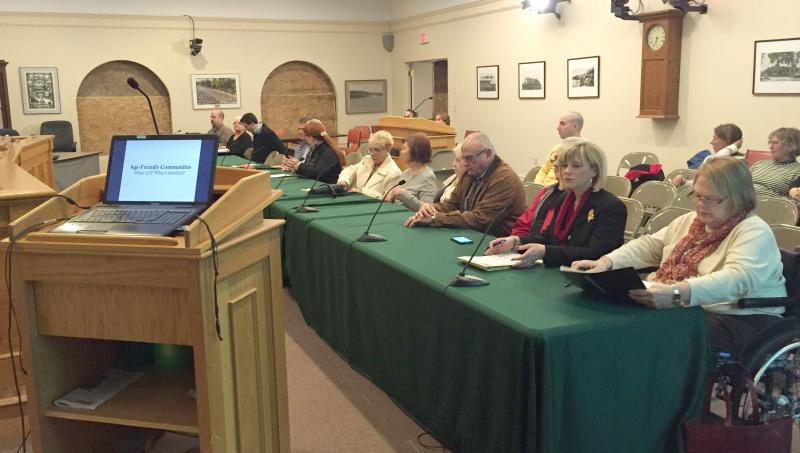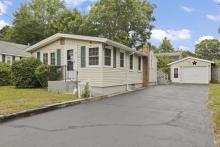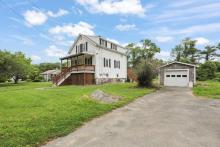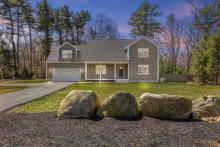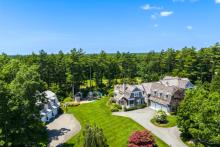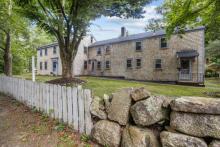Dartmouth aims to become an age-friendly community
As more Baby Boomers enter retirement, Dartmouth, much like the rest of the country, is searching for ways to age gracefully.
A new initiative, unanimously endorsed by the Select Board Monday night, aims to allow Dartmouth citizens to age safely in the housing of his or her choosing while attracting younger generations to establish themselves in town.
The AARP Network of Age-Friendly Communities helps local officials develop an action plan that will help direct future planning. It also comes with access to a network of other participating towns and the knowledge other communities have gained from the process.
AARP, Inc., in a partnership with the World Health Organization, has created standards for cities and towns to achieve to make communities better prepared for a rapidly aging population. The idea is to bring awareness to environmental, economic and social factors that could affect older adults. It also requires a commitment to continuous improvements within the community.
The idea was pitched to town officials during a joint meeting between the Select Board, the Planning Board, Director of Public Health Chris Michaud and the board of the Council on Aging. The presentation was delivered by Director of Development Deborah Melino Wender and Heather Sylvia, the director of the Council on Aging.
“This initiative started with the World Health Organization back in 1991 and has grown over the last 30 years to include work with the United Nations and has been rapidly adding communities across the world,” said Wender.
The AARP rates communities through a “livability index.” The goal is to reach a rating of 100 percent livability.
“Right now in Dartmouth, we’re already at 50 percent. We have a wellness committee, we have a 95.9 graduation rate, we have equal opportunity policies in place for the town – there’s a lot of things that we’re doing right already,” said Sylvia.
The livability index is measured through eight key areas: the number of safe, accessible spaces to gather, transportation for non-drivers, affordable housing, social participation, social inclusion, civic participation, communication and information and access to affordable health services.
Sylvia said Dartmouth could improve its livability index by having more affordable housing and more work opportunities for seniors.
The first two years of the initiative would be devoted to developing a plan to send to AARP. This would involve the establishment of a board or committee to research the needs of the community. Sylvia said that the city of New Bedford is already six months into the process.
“One of things [Mayor Jon Mitchell’s office] is doing is working with UMass Dartmouth to survey residents in New Bedford to see what services they’re looking for, what needs aren’t being met, what would get them to stay in the community longer and to age safely in place. That would be something that we’d consider,” she said.
Years three and four would involve the implementation of the plan. Though, Sylvia said that, realistically, it would take about five years to get off the ground.
“It’s sad but true: when this is over, we’ll all be five years older,” she said. “We need to think about what services we would need.”
To become part of the program, Town officials will have to send an application and a letter of commitment to AARP. Wender said there would be no cost to the town to join, only the time of those participating.
Town Administrator David Cressman said that this program will also be a good way to review the town’s master plan and make adjustments accordingly.
“What we may see in a few years, is people, when they decide where they want to live, they’ll be looking at things like that livability index,” said Cressman.



